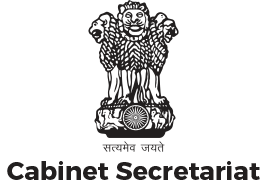
Unravelling the basic gordian knot
By Bibek Debroy:
Azadi Ka Amrit Mahotsav means we have in mind a template for India in 2047. The bedrock of all policies is set by the Constitution, which was adopted on November 26, 1949 by the Constituent Assembly and came into force on January 26, 1950. However, no Constitution should be cast in stone. It is meant to be dynamic and is supposed to reflect the will of the people through Parliament, a point which was repeatedly made during the Constituent Assembly debates. India’s Constitution today isn’t what we inherited in 1950 and rightly so. There have been more than 100 amendments since then. Some are more important than others.
Naturally, there is a subjectivity in deciding what was a major amendment. With reference to that, my list includes 1st, 4th, 7th, 17th, 24th, 25th, 42nd, 73rd, 74th, 86th, 91st, 99th and 101st. In my view, all these amendments involved a change in the basic structure of the Constitution. For amendments, there is now a cut-off set by Kesavananda Bharati judgment of 1973. This landmark verdict declared that the basic structure can’t be changed. Most people know of this decision, set by a 13-member bench of the Supreme Court. The apex court decided 7/6. Note two obvious points here. (1) Prior to 1973, there was no such doctrine, even if there were changes to the basic structure, despite the judgment in the Golaknath case. (2) Supreme Court judges didn’t decide unanimously. Had one judge given a different ruling, the outcome would have been different. Because of what one judge decided in 1973, an avowedly dynamic Constitution is now cast in stone.
Read the full article here: https://www.newindianexpress.com/opinions/2022/jun/11/unravelling-the-basic-gordian-knot-2464144.html



